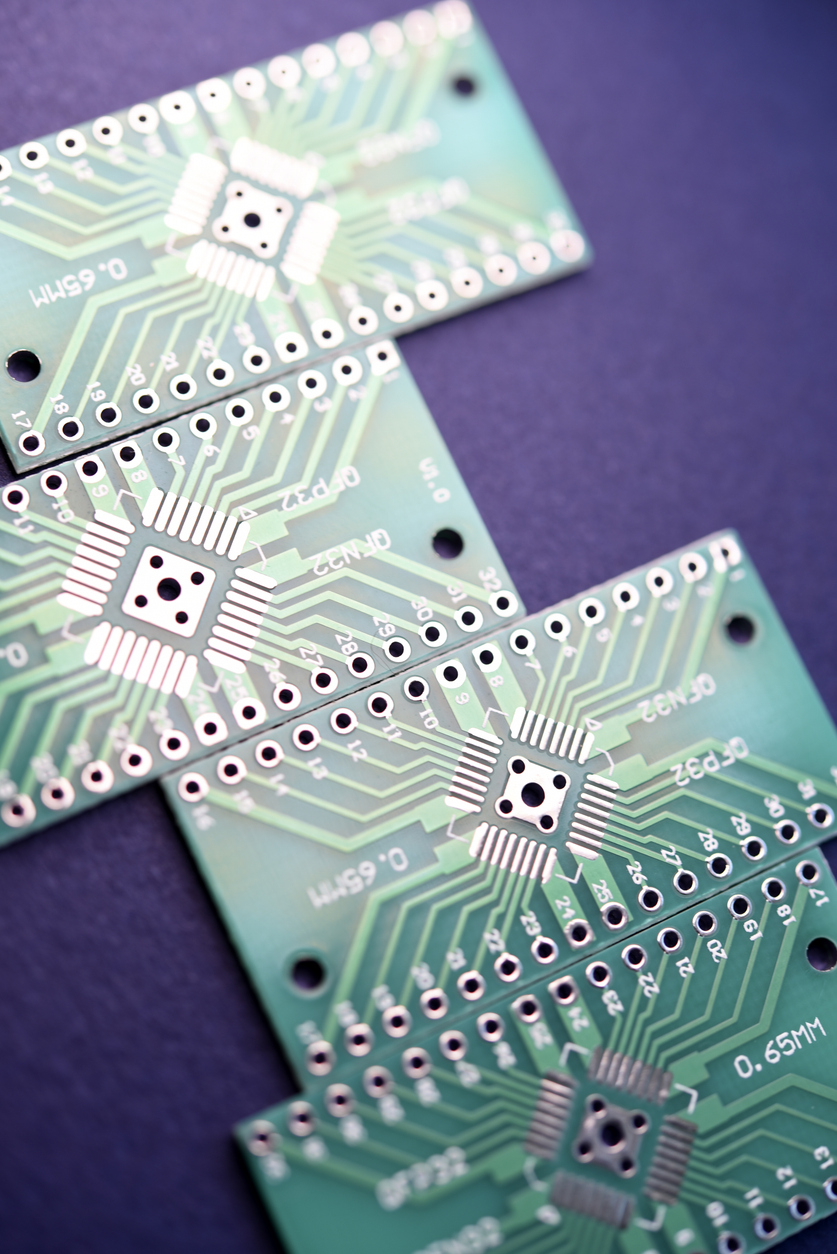Greek philosopher Heraclitus said, “There is nothing permanent except change.” In electronics manufacturing, that’s especially true. Driven by evolving product requirements, component availability, cost pressures, or last-minute design corrections, an engineering change for an electronic board assembly is often part of the process.
But while change may be inevitable, chaos doesn’t have to be. For companies sourcing electronic board assemblies, poorly managed Engineering Change Orders (ECOs) are one of the fastest ways to derail a build. They delay production, increase costs, confuse supply chains, and can even compromise product quality. For procurement and engineering leaders alike, understanding where ECOs go off the rails and how to anticipate and address them can mean the difference between a successful launch and a missed deadline.
Why ECOs Happen for an Electronic Board Assembly
An Engineering Change Order (ECO) documents a change to the design, components, or production process of an electronic board assembly. Most OEMs manage ECOs through a change control board, a cross-functional team that evaluates the impact of proposed changes before they’re approved.
ECOs are often triggered by:
- Design validation or performance issues
- Component obsolescence
- Cost-down efforts
- Firmware or software updates
- Customer-driven spec revisions
Even something as minor as a component swap can trigger cascading impacts that can derail your project because it interacts with tightly controlled systems of documentation, sourcing, testing, and production. If the change isn’t clearly communicated to the contract manufacturer and acted on at the right time, it becomes a source of rework, scrap, and delays.
How a Simple Component Swap on an Electronic Board Assembly Creates a Chain Reaction
Making a simple component swap without clearly communicating the change to your contract manufacturer can impact multiple areas, resulting in delays and increased costs.
- Bill of materials (BOM) – Swapping a resistor, capacitor, or IC changes the bill of materials. If the updated BOM isn’t received and verified in time, the contract manufacturer may use the wrong revision, order the original part, or stop the build while waiting for clarification. Halting production mid-stream costs time and money, and in medium-volume builds, those losses compound fast.
- Footprint or layout conflicts – A new part may be electrically compatible but mechanically different. A slightly larger footprint, different pinout, or altered thermal profile can cause assembly failures, necessitate layout changes, or lead to box build fit issues. What seems like a “drop-in” change can force redesigns.
- Sourcing and leadtime issues – New components may have longer lead times, new sourcing hurdles, or unexpected minimum order quantities. A contract manufacturer may need to qualify new suppliers or search for equivalents if the change isn’t feasible on short notice, further delaying production.
- Test and inspection problems – Functional tests, firmware, or inspection procedures may be designed around the original part. A substituted component may require new test points, modified firmware, or adjustments to automated optical inspection (AOI) and in-circuit test (ICT) processes. This adds engineering time and risks faulty test results or yield loss.
- Regulatory and documentation compliance risks – Traceability and compliance are non-negotiable in many industries, such as fire safety, controls, and sensor applications. A component change can require new documentation, recertification, or customer requalification. In some cases, it can invalidate the current build altogether.
The Real Cost of Uncontrolled Engineering Changes
Engineering changes for your electronic board assembly that aren’t managed tightly can derail more than just the build; they disrupt budgets, timelines, and customer commitments. Delays in communication or incomplete documentation often lead to incorrect builds, scrapped materials, and halted production. Even when the issue is caught in time, the recovery effort diverts engineering and procurement from their tasks, introduces risk into scheduling, and erodes confidence across the supply chain.
For medium-volume builds, the margin for error is narrow. There’s less room to absorb rework or late-stage component sourcing, and each delay impacts downstream deliverables. In fast-moving industries, a few preventable changes can cost more than just time. They can cost business.
How Siemens Manufacturing Helps Control the Impact of Engineering Changes
At Siemens Manufacturing, engineering changes are taken seriously because even minor oversights can quickly escalate. We employ a structured process to ECOs, ensuring that changes to electronic board assemblies or any project are implemented effectively without disrupting production schedules or compromising product quality.
When a customer initiates a change, we complete an Engineering Change Notification Form. This form documents the specifics of the change and is used to communicate updates across all relevant departments. The change is then reviewed through our Contract Review procedure, which assesses the feasibility and impact of the proposed modification.
Upon approval, the change is communicated to all affected departments to ensure that everyone is informed and prepared for the implementation. This includes updating the BOM, adjusting procurement plans, and modifying assembly instructions as necessary. By maintaining clear documentation and communication channels, we aim to minimize the risk of errors and delays associated with engineering changes.
This disciplined approach allows us to accommodate necessary changes while maintaining control over the production process, ensuring that customer requirements are met without compromising efficiency or quality. This structure helps ensure changes don’t become setbacks, and keeps builds on time, on budget, and within scope.
Need a partner who knows how to keep engineering changes from derailing your build? Let’s talk.
